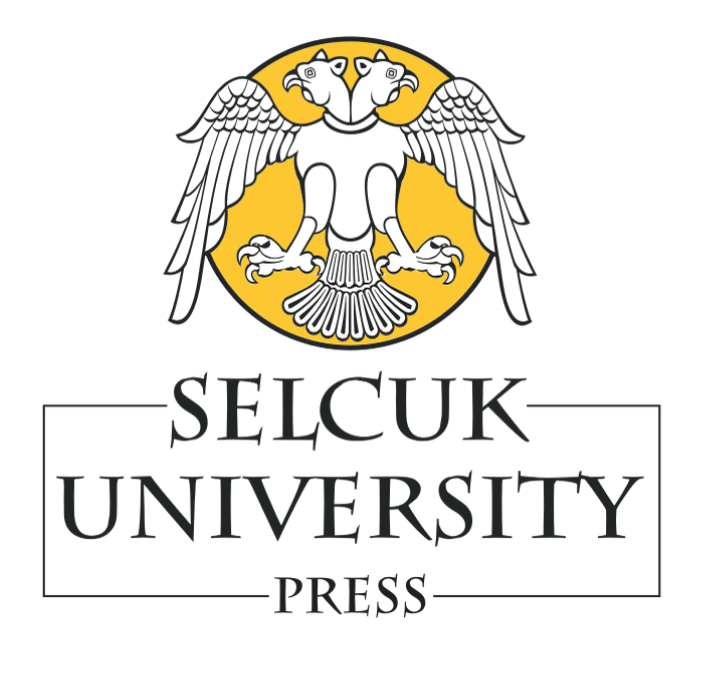| 2015, Cilt 31, Sayı 1, Sayfa(lar) 043-050 |
| [ Türkçe Özet ] [ PDF ] [ Benzer Makaleler ] |
| Comparative analysis of microsatellite loci in chicken and pigeon |
| Gülseren Yıldız Öz1, Sema Çakır1, İsmail Kurhan1, Müge Doğan2, Elif Şahin2, Mehmet Nizamlıoğlu2, Ercan Kurar3,4 |
| 1Selçuk Üniversitesi, Veteriner Fakültesi, Konya, Türkiye 2Selçuk Üniversitesi, Veteriner Fakültesi, Biyokimya Anabilim Dalı, Konya, Türkiye 3Selçuk Üniversitesi, Genetik Anabilim Dalı, Konya, Türkiye 4Necmettin Erbakan Üniversitesi, Meram Tıp Fakültesi, Tıbbi Biyoloji Anabilim Dalı, Konya, Türkiye |
| Keywords: Pigeon, chicken, microsatellite marker, polymorphism |
| Downloaded:1805 - Viewed: 3399 |
|
Aim: The aim of this study is to investigate utilization of chicken
microsatellite loci in genetic studies of pigeon (Columba
livia) populations.
Materials and Methods: A total of chicken 100 microsatellite markers were selected from chicken linkage maps. DNAs of pigeons and a chicken as a positive control were used to amplify specific genomic regions by polymerase chain reaction (PCR). The resulting PCR products were separated by capillary electrophoresis and allele genotypes were determined. In a pilot study, general population parameters including number of allele (Na), observed (Ho) and expected (He) heterozygosities and deviation from Hardy-Weinberg Equilibrium (HWE) were calculated for 24 positive loci in a pigeon population. Results: A total of 48 microsatellite loci were amplified (48%) in pigeon DNA and expected PCR products were observed. In the pilot study, alleles numbers varied 1-5 and mean Na was 2.5 for 24 loci. A total of 60 different alleles were determined. Ho and He values were observed as 0.000- 1.000 and 0.000-0.698, respectively. Conclusion: Although Na and polymorphism levels were lower in general, results of this study suggested that chicken microsatellite loci can be used in genetic studies of pigeons. |
| [ Türkçe Özet ] [ PDF ] [ Benzer Makaleler ] |





